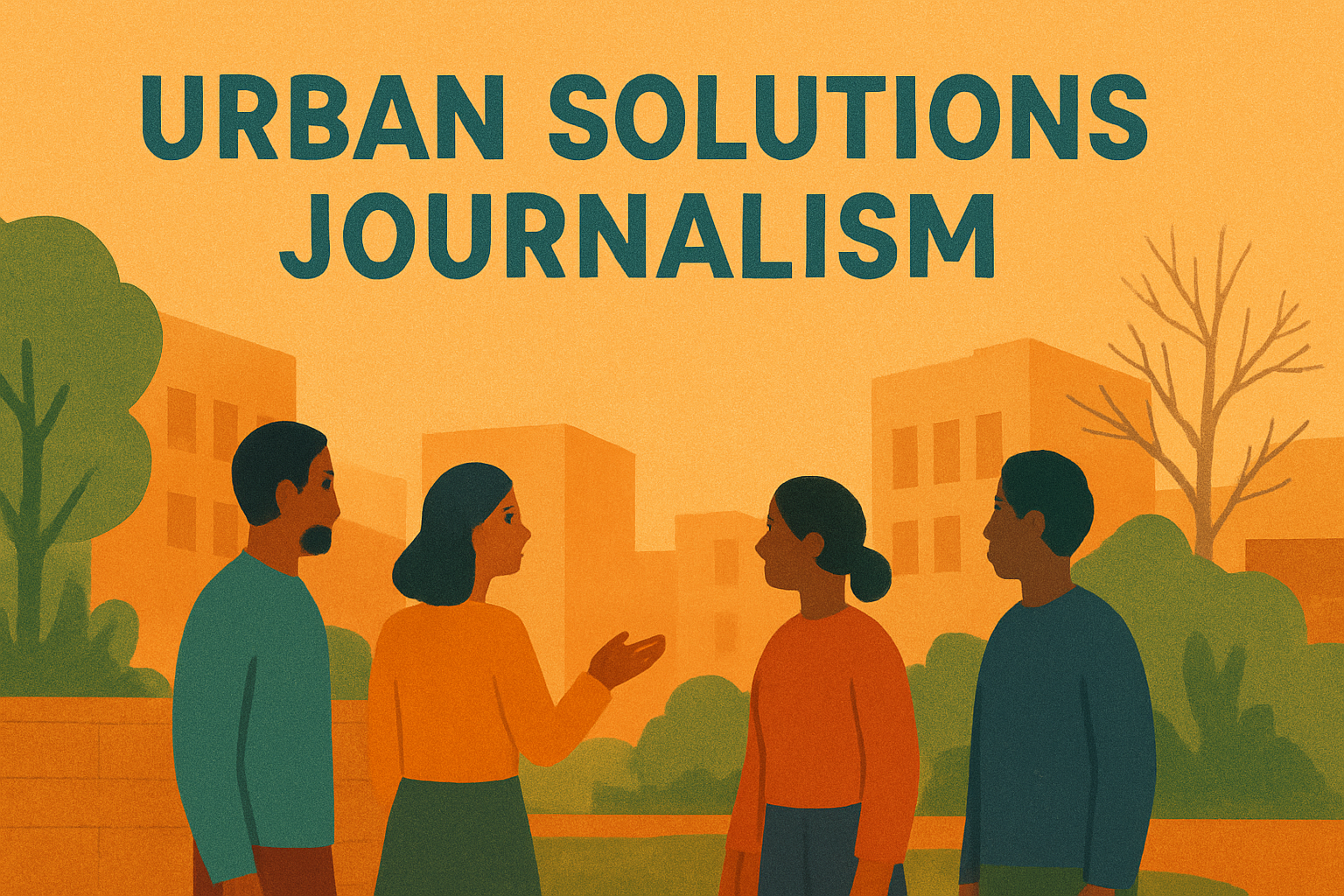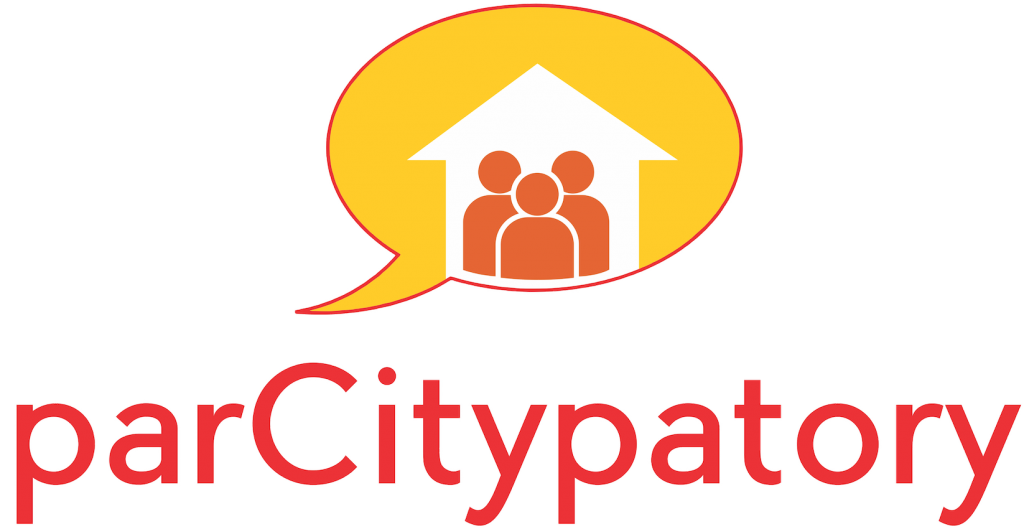“Urban swimming brings together nature-first thinking and the idea of the right to swim,” says Chris Romer-Lee, designer, researcher, and co-founder of Swimmable Cities, a global alliance launched at the end of the 2024 Paris Olympics. With over 125 signatories from 72 cities across 27 countries, Swimmable Cities advocates for swimmable urban waters and water justice.
Its Charter of Swimmable Cities champions the sacredness of water, celebrates urban swimming culture, and emphasises the right to swim – not as an entitlement, but as something we earn by restoring what we have polluted:
“Urban swimmers are stewards responsible for protecting the health of their local waterways, working alongside Mother Earth’s closest carers, such as Indigenous peoples, rangers and waterkeepers as well as urbanists, architects, social changemakers, educators and policy-makers.”
We polluted them – we need to clean them up
As I write this, I’ve just come back from a dip in one of my favourite places: The Ladies’ Pond in Hampstead Heath. In London, we are lucky to have options from the famous Hampstead ponds to the docks in Canary Wharf and swimmable parts of the River Thames. Not all are free or accessible to all, but the culture of urban swimming is alive.
Across Europe, cities like Paris, Basel, Amsterdam, and Copenhagen are reclaiming their rivers, canals, and bodies of water. Since July, the Seine in Paris is finally open for swimming – for the first time in a century. Although it is still vulnerable to sewage overflow after rainfall, the legacy of the Olympic Games is now tangible. Three designated areas of the river are free for swimming during certain times.
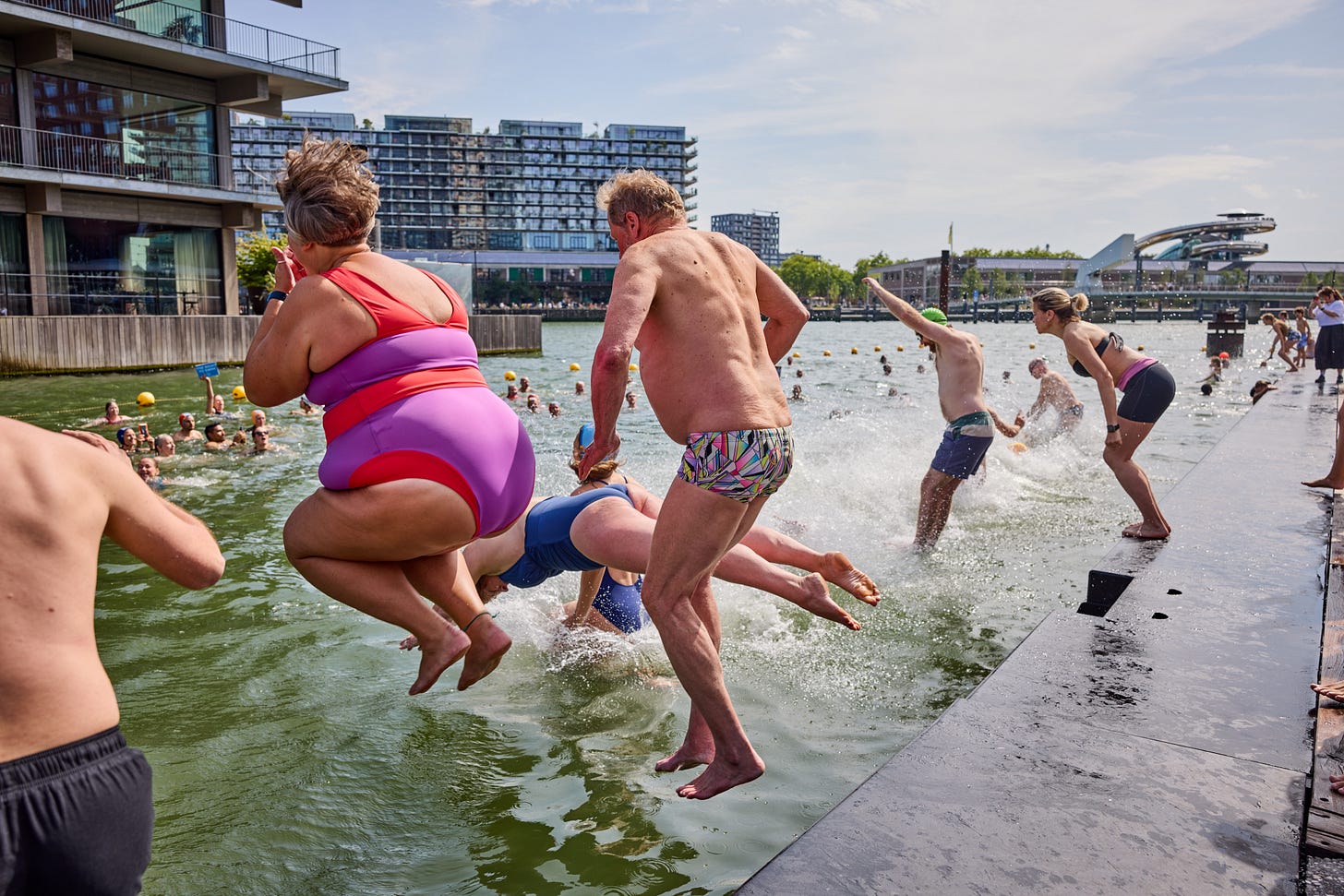
Yet in many cities, challenges related to the three S’s – shipping, sewage, and safety – still dominate. Even in places that have a legal “Right to Swim”, like Scotland and some Scandinavian countries, swimmability remains out of reach due to pollution or bureaucratic hurdles.
Swimmable Cities champions projects such as the one in Paris. “We polluted these waterways and we need to clean them up”, Chris says. He is working towards affordable, accessible, and equitable access to water for all. Clean rivers and bodies and water, first and foremost, benefit nature and human health.
“And as a result of restoring urban waterways, we then get the benefit of dipping in and borrowing them for a while”.
Rewriting the rules
Making the city swimmable always depends on the kind of river or body of water that you are dealing with. Many city councils still have quite archaic rules regarding the use of their waterways from when commercial trade was at its peak.
In Portland, Oregon, the non-profit organisation Human Access Project is working on changing how people feel about and interact with the Willamette River. Apart from the rare occasions of sewer overflow, this central waterway is swimmable, but the organisation wants the community to view the Willamette River as an asset,
“something to be valued and protected. We want to foster and drive a connection between the people of Portland and the river that runs through our community. As such, our goals include improving Willamette River edge spaces for recreation, developing creative activation/programing around these spaces, fostering environmental stewardship, community investment and connection with these spaces, and identifying and removing barriers to people feeling comfortable interacting with the river. Our target market is people for whom the Willamette River is their closest natural body of water and who live within five miles of the Willamette River.”
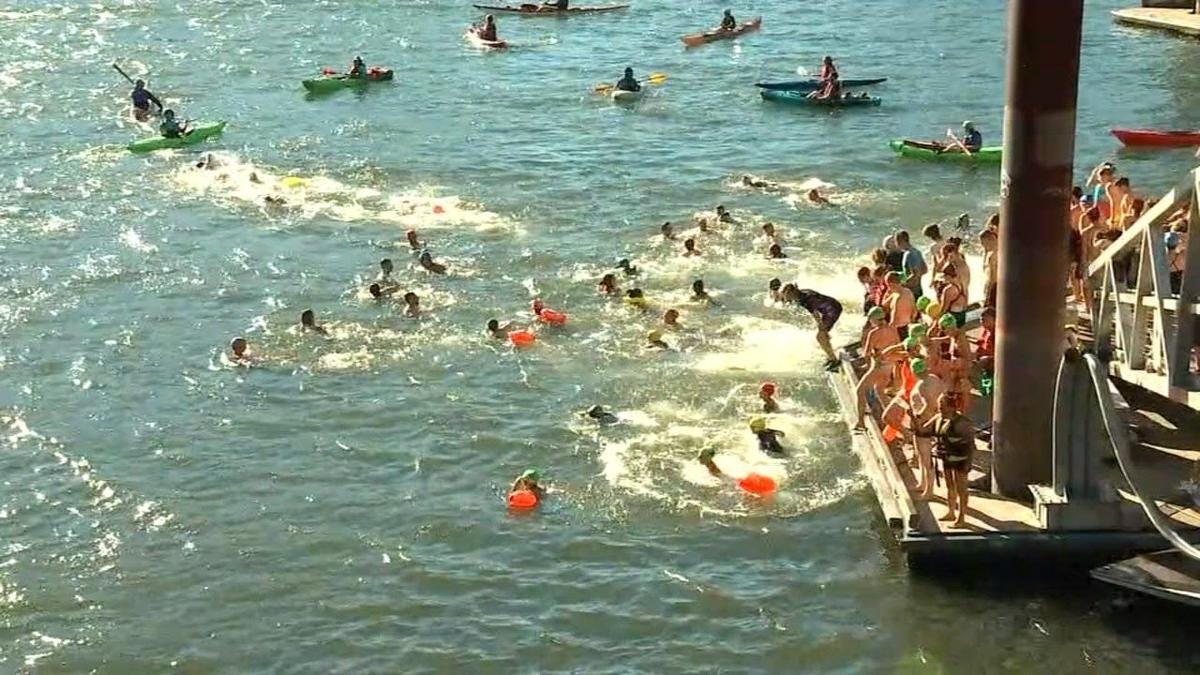
Another great example is the +POOL in New York City, a floating pool on the East River scheduled to open in 2026. It is set to reconnect New York City’s residents with their waterfront after over a century of separation. Every day, the +POOL will filter up to 4,000 cubic metres of water – roughly the volume of two Olympic swimming pools – without using any chemicals.
Led by Managing Director Kara Meyer, the organisation has been through years of pleading with the authorities, which could not sign off on the pool. “Kara Meyer showed that it often makes sense to go through the back door when it comes to urban swimming. She went to the city council and helped them rewrite the rules to ensure water safety and floating pools”, Chris explains.

Swimming as Resilience
Accessibility and affordability of swimming in the city is something that concerns Chris. “Often, only the wealthier people can easily access urban swimming sites, even when they are free”, he says. At the 2025 Swimmable Cities summit, people from all over the world came together to discuss urban waterways. “We want to connect people. Here in Europe, we have loads of little projects going on. When I see someone from Flussbad Berlin talk to Pool is Cool from Brussels or when people from Melbourne exchange urban swimming ideas with the city authority in Vilnius, that’s Swimmable Cities in action. Facilitation and knowledge sharing is at the heart of what we do.”
It also takes a long time to make cities swimmable. Legal frameworks tend to focus on shipping rather than leisure – or restoration of waterways. “There is now an important trend towards nature-based solutions where we let nature do its work, for example by planting reeds”, Chris notes.
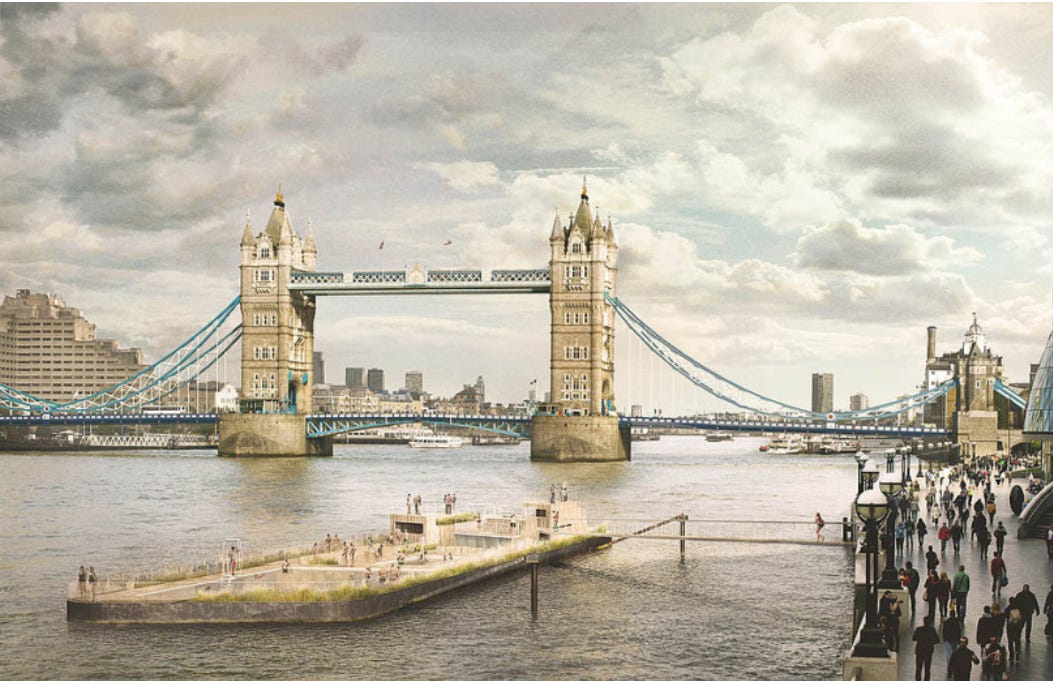
Sometimes, it might also make more sense to swim on the river instead of in the river: In London, Chris has been in contact with the city authorities for over ten years. His Thames Baths, a vision for floating Lido, is inspired by the floating lido at Victoria Embankment that was in place 1875-1885.
Finding the right location is not easy, but if it works out, Thames Baths will not only offer swimming opportunities but also an eco-friendly approach using recycled and filtered river water, tidal energy for electricity, and potentially geothermal energy for sustaining a pleasant temperature.
Treating urban waterways with respect
This kind of project shows that urban swimming is not just about lifestyle, but also about resilience. Clean, swimmable rivers act as green-blue infrastructure. They cool cities during heatwaves, absorb storm surges, and prevent floods. In addition, they reduce strain on public health systems by encouraging active living and fostering mental health. Therefore, the slogan “Healthy waterways, healthy citizens” is key for convincing city governments to look into creating urban swimming sites.
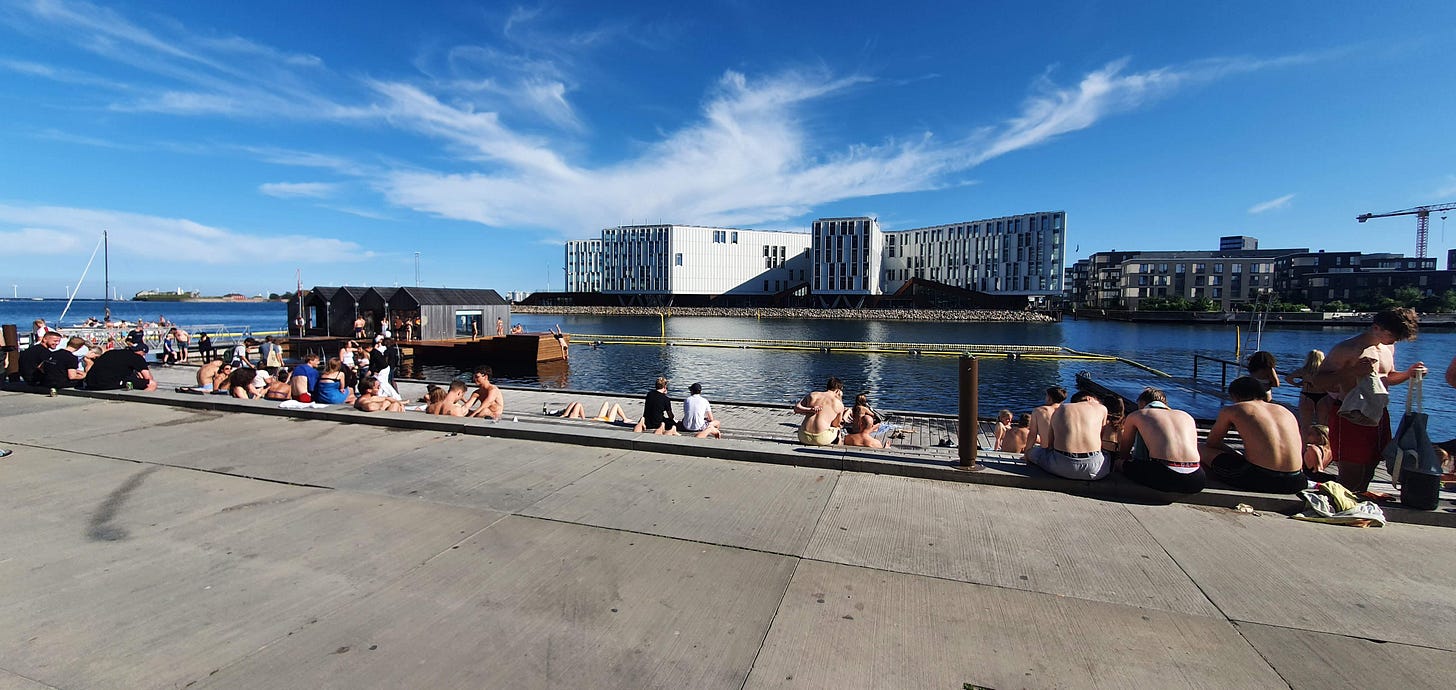
“My recommendation as an architect is to draw references from successful places and analyse why they work. It’s similar to the urban cycling revolution: Not long ago, the thought of riding your bike in London was utter madness. Now, we are discussing swimming in the Thames”, Chris says.
By treating urban bodies of water with more respect, we don’t just contribute to a healthier environment for animals and plants, but we also create a new way of enjoying the city. Swimming reimagines what the urban environment can look like – and how we connect to water, to nature, and to each other. When we treat rivers and other bodies of water with respect, they give back the space to cool off, to play, and to enjoy the city we belong to.
To get more ideas of how to make your city more swimmable, have a look at Chris’s work. He has a portfolio of pools, baths, and swim-site strategies as well as projects on dry land. And for support in designing swimming places, reach out to Swimmable Cities!





